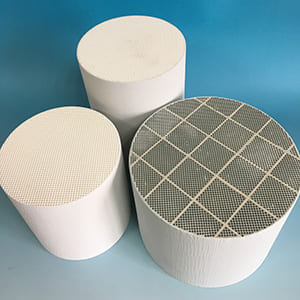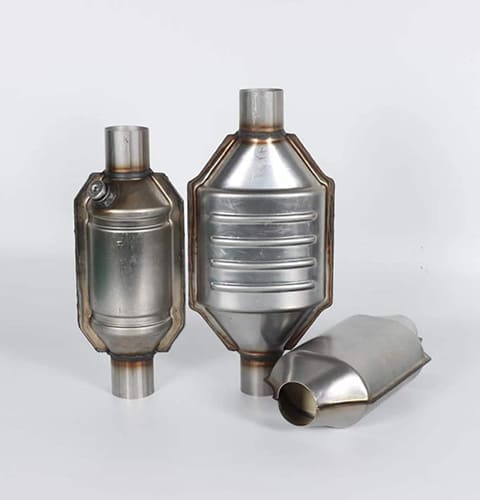Have you ever encountered issues with your Diesel Particulate Filter (DPF)? Do you find yourself frequently dealing with DPF blockages or warning lights on your dashboard? If so, you’re not alone. Many vehicle owners and fleet managers face these challenges, which can lead to costly repairs and downtime. But what if there were ways to avoid these problems altogether?
The Diesel Particulate Filter (DPF) is an essential component in modern diesel engines, designed to reduce harmful emissions by trapping soot and particulate matter. However, DPFs can become clogged over time, leading to a range of problems, including reduced engine performance, increased fuel consumption, and even engine damage. Understanding how to properly maintain and care for your DPF can help you avoid these issues and keep your vehicle running smoothly.
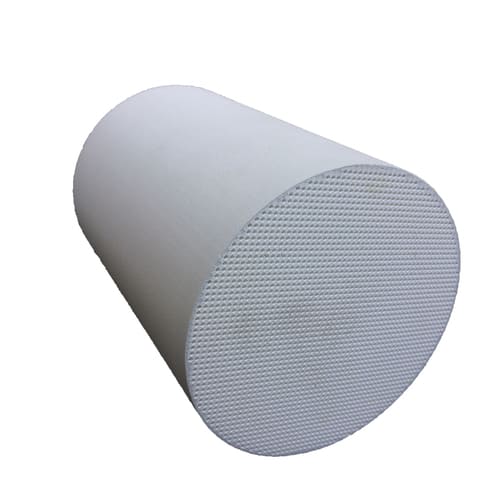
What Causes DPF Problems?
Several factors can contribute to DPF problems, including:
- Short Journeys: Diesel engines need to reach a certain temperature to burn off the soot collected in the DPF. Short trips often don’t allow the engine to reach this temperature, leading to soot buildup.
- Poor Quality Fuel: Low-quality diesel fuel can contain higher levels of contaminants, which can clog the DPF more quickly.
- Driving Style: Aggressive driving can produce more soot, while gentle driving may not generate enough heat for regeneration.
- Lack of Maintenance: Neglecting regular maintenance can lead to a variety of issues, including DPF problems.
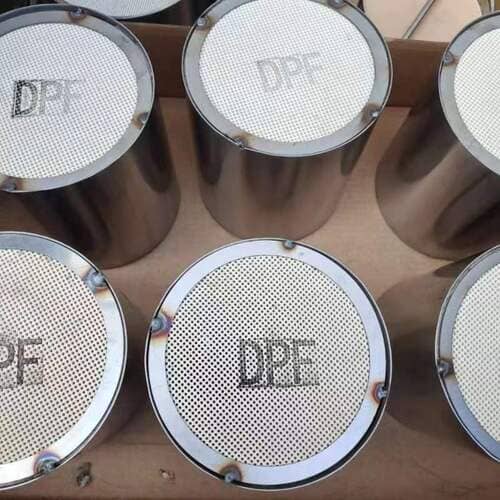
How to Avoid DPF Problems?
1. Regular Maintenance
Regular maintenance is crucial for the health of your DPF. This includes timely oil changes, using the correct type of oil, and ensuring that your engine is running efficiently. Regularly inspect the DPF and other exhaust components for any signs of damage or excessive soot buildup.
2. Use High-Quality Fuel
Using high-quality diesel fuel can significantly reduce the amount of soot produced by your engine. Look for fuel that meets the latest standards and consider using additives that can help keep your DPF clean.
3. Drive Longer Distances
Whenever possible, try to drive longer distances at higher speeds. This allows the engine to reach the necessary temperature for passive regeneration, where the soot is burned off naturally. Aim for at least 20-30 minutes of highway driving every week.
4. Avoid Short Trips
As mentioned earlier, short trips can prevent the DPF from reaching the required temperature for regeneration. If you primarily use your vehicle for short journeys, consider taking it for a longer drive periodically to allow for proper regeneration.
5. Monitor Your Driving Style
Adopting a smoother driving style can help reduce the amount of soot produced. Avoid harsh acceleration and deceleration, and try to maintain a consistent speed whenever possible.
6. Use DPF Cleaners
There are various DPF cleaning products available that can help remove soot and ash buildup. These cleaners can be added to your fuel tank and work by breaking down the soot particles, making it easier for the DPF to regenerate.
7. Professional Cleaning
If your DPF becomes severely clogged, professional cleaning may be necessary. This involves removing the DPF from the vehicle and using specialized equipment to clean it thoroughly. While this can be costly, it is often more affordable than replacing the DPF entirely.
8. Keep an Eye on Warning Lights
Modern vehicles are equipped with warning lights that indicate when there is a problem with the DPF. If you see a warning light, don’t ignore it. Address the issue promptly to avoid further damage and costly repairs.
9. Consider a DPF Delete (Where Legal)
In some regions, it is legal to remove the DPF entirely, a process known as a DPF delete. This can eliminate DPF-related problems altogether, but it is important to note that this is illegal in many areas due to emissions regulations. Always check local laws before considering this option.
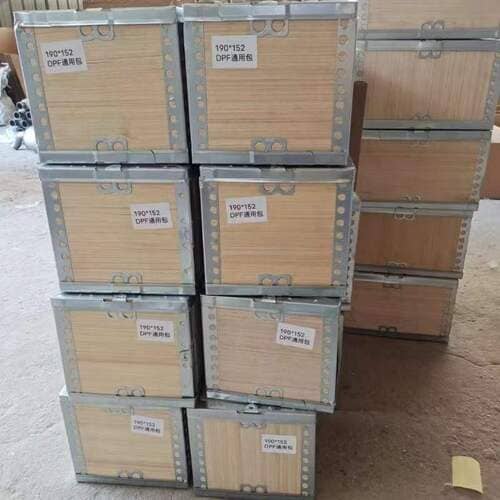
Conclusion
Avoiding DPF problems requires a combination of regular maintenance, mindful driving habits, and the use of high-quality fuel. By following these tips, you can extend the life of your DPF, reduce the risk of costly repairs, and ensure that your vehicle remains compliant with emissions standards. Remember, a well-maintained DPF not only benefits your vehicle but also contributes to a cleaner environment.

